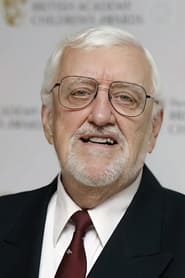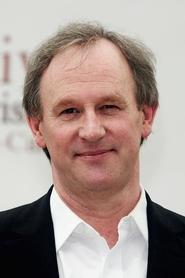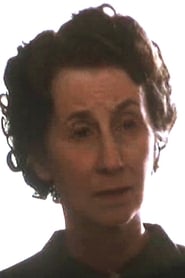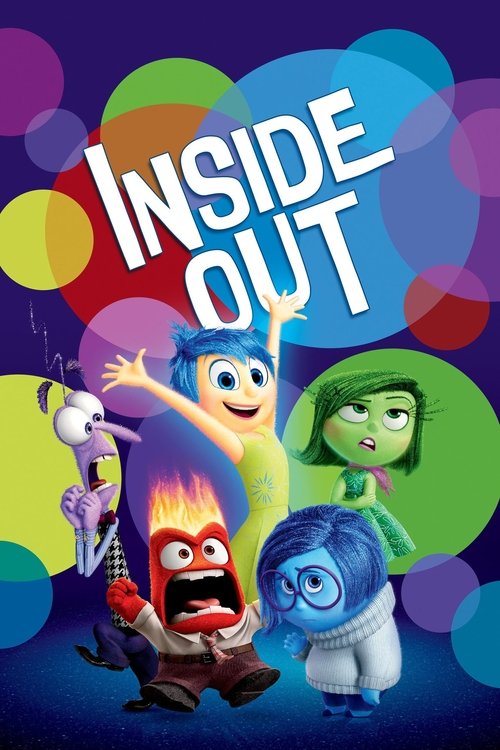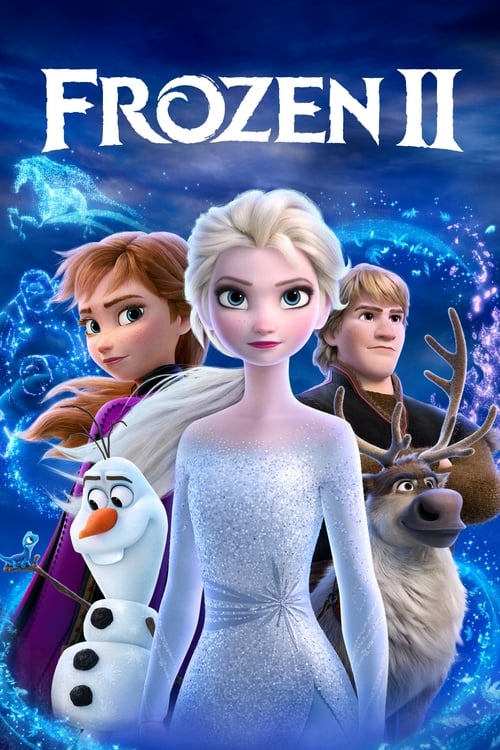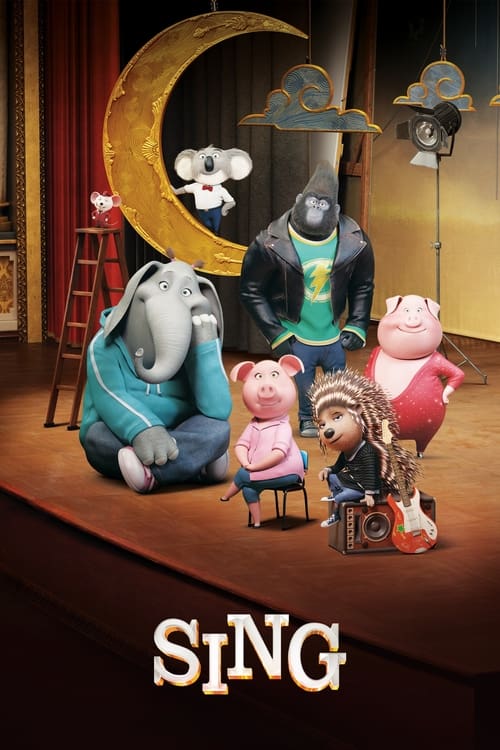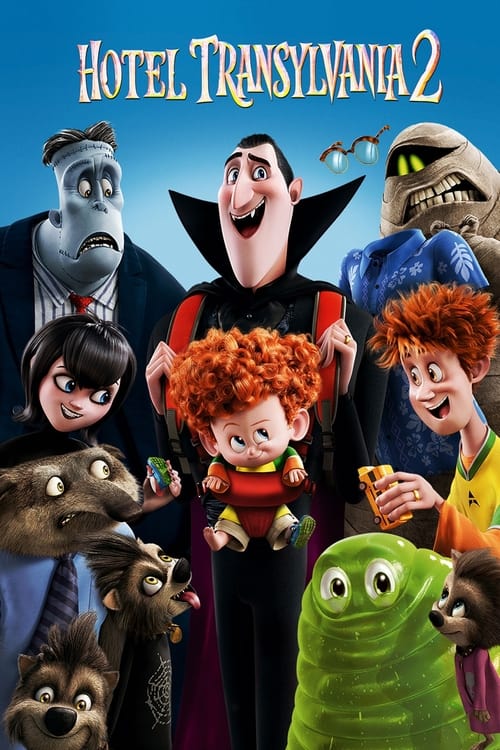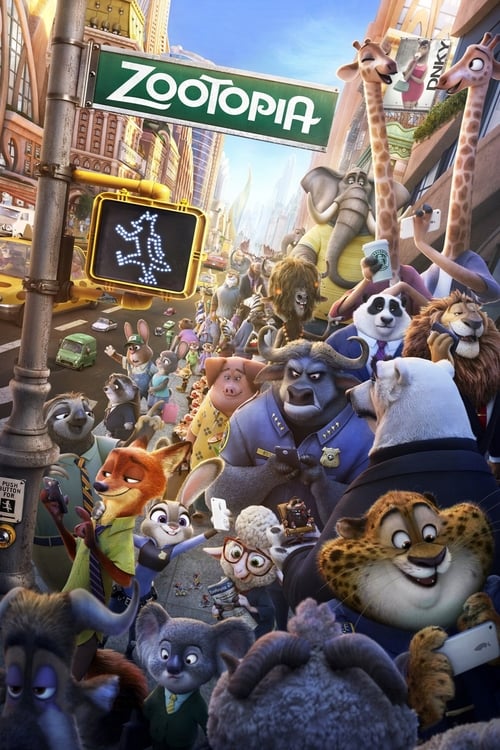
Ask Your Own Question
What is the plot?
What is the ending?
In the ending of "Patrick," Sarah, who has been struggling with her life and her relationship with her mother, finally finds a sense of purpose and connection through her bond with Patrick, the pug. After a series of ups and downs, she embraces her responsibilities as a pet owner and begins to heal from her past. The film concludes with Sarah feeling more confident and content, having learned to navigate her life with Patrick by her side.
As the final scenes unfold, we see Sarah in her apartment, where she has created a warm and inviting space for both herself and Patrick. The camera captures the cozy atmosphere, with sunlight streaming through the windows, illuminating the room filled with personal touches that reflect her growth. Sarah is seen playing with Patrick, her laughter echoing in the air, a stark contrast to her earlier struggles. This moment signifies her acceptance of the challenges that come with caring for another being, and it highlights her emotional transformation.
In the next scene, Sarah visits her mother, who has been a source of tension throughout the film. The two women sit across from each other, and the conversation is initially strained. However, as they discuss Sarah's newfound joy with Patrick, a sense of understanding begins to blossom. Sarah expresses her feelings about her past and her desire to move forward, while her mother listens, her expression softening. This pivotal moment marks a turning point in their relationship, as they begin to bridge the gap that had long separated them.
The film then shifts to a montage of Sarah and Patrick enjoying their life together. We see them at the park, where Sarah interacts with other dog owners, forming new friendships and connections. The joy on her face is palpable, and it is clear that Patrick has not only brought companionship but also a renewed sense of community into her life. The scenes are filled with vibrant colors and laughter, showcasing the happiness that has blossomed from her once lonely existence.
As the credits begin to roll, we see a final shot of Sarah and Patrick walking hand in paw down a sunlit street, a symbol of their bond and the journey they have taken together. Sarah's posture is more confident, and her smile radiates a sense of fulfillment. The film closes on this hopeful note, leaving the audience with a sense of resolution and the understanding that both Sarah and Patrick have found their place in the world, together.
Is there a post-credit scene?
In the movie "Patrick," produced in 2018, there is no post-credit scene. The film concludes its narrative without any additional scenes or content after the credits roll. The story wraps up with the main character, Sarah, having undergone significant personal growth and transformation through her experiences with Patrick, the pug. The absence of a post-credit scene allows the audience to reflect on Sarah's journey and the bond she has formed with Patrick, emphasizing the themes of companionship and self-discovery that are central to the film.
How does the character of Sarah evolve throughout the film?
Throughout the film, Sarah evolves from a lonely and somewhat self-absorbed individual to someone who learns to open her heart and connect with others. Her journey is catalyzed by her relationship with Patrick, which teaches her about love, responsibility, and the importance of companionship.
What is the significance of the character Patrick in the story?
Patrick is a pug who unexpectedly enters the life of Sarah, the main character. His presence forces Sarah to confront her own loneliness and emotional struggles, ultimately leading to personal growth and a deeper connection with those around her.
How does Sarah's relationship with her mother influence her character development?
Sarah's relationship with her mother is strained and complicated, marked by a lack of understanding and support. This dynamic contributes to Sarah's feelings of isolation and her initial reluctance to embrace the responsibilities that come with caring for Patrick.
What challenges does Sarah face while taking care of Patrick?
Sarah faces numerous challenges while caring for Patrick, including managing his mischievous behavior, dealing with her own work commitments, and navigating her emotional turmoil. These challenges highlight her growth as she learns to balance her personal life with the responsibilities of pet ownership.
What role do the supporting characters play in Sarah's journey with Patrick?
The supporting characters, including Sarah's friends and her mother, serve as mirrors to her own struggles and growth. They provide both comedic relief and moments of tension, ultimately helping Sarah to realize the importance of community and support in her life as she navigates her relationship with Patrick.
Is this family friendly?
"Patrick," produced in 2018, is generally considered a family-friendly film, but it does contain some elements that may be potentially objectionable or upsetting for children or sensitive viewers. Here are a few aspects to consider:
-
Mild Language: There are instances of mild swearing and some adult language that may not be suitable for younger audiences.
-
Themes of Loss and Grief: The film touches on themes of loss, particularly related to the main character's personal struggles and the emotional weight of her past, which could be heavy for some viewers.
-
Pet-Related Situations: The film revolves around a woman who inherits a dog, and there are scenes that involve the challenges of pet ownership, including moments of chaos and misbehavior that might be distressing for very young children.
-
Romantic Elements: There are romantic subplots that include some adult themes and situations that may not be appropriate for younger viewers.
-
Emotional Turmoil: The protagonist experiences moments of emotional distress and conflict, which may resonate with sensitive viewers and could be upsetting.
Overall, while "Patrick" is light-hearted and comedic in nature, these elements may warrant parental guidance for younger audiences.










